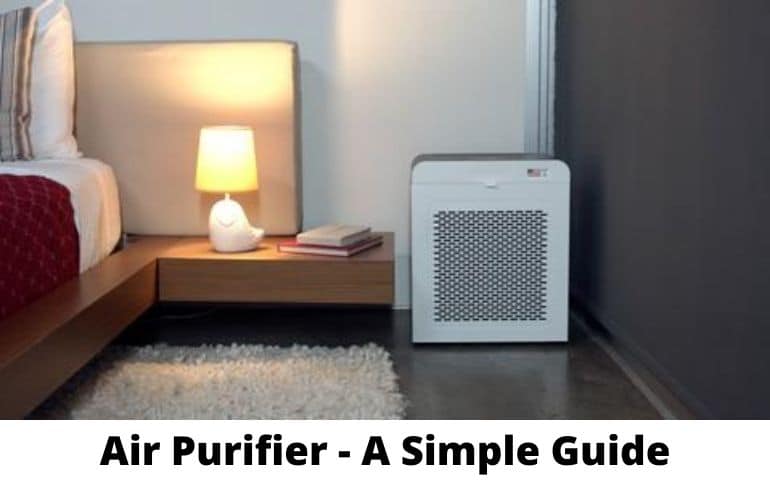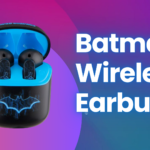Air Purifiers: A Simple Guide
Are you looking to beat allergies or dust? Or maybe you want to reduce secondhand smoke in your apartment? Whatever the case, you’ve come to the right place.
According to the World Health Organization, more than 4 million people die yearly from indoor air pollution. Smoking or being exposed to secondhand smoke contributes to many of these cases. Investing in an air purifier for smoke removal may be a good idea.
Air Purifiers: A Simple Guide
Familiar Sources of Indoor Air Pollution
Fumes from cleaning supplies, furniture, and carpeting (chemical gas)
Dust from the forced-air heating and air conditioning system
Pets and dust mites create dander and other allergies, as does dust pollen
High humidity, water or mould spores, mould and mildew
Smoking
Vehicle emissions near a highway or garage
Radon
Printers
Cooking
Gasoline, paint and other off-gassing chemicals
Types of Air Purifiers
HEPA Technology Air Purifier
HEPA stands for High-Efficiency Particulate Air. HEPA air filters are incredibly effective at capturing particles of almost every size. They can capture viruses, bacteria, pollen, PM2.5, allergens, and more. HEPA air filters are the most valuable and essential component of any air purifier.
HEPA air purifiers are the most effective at trapping airborne particles compared to other cleaners, yet they do not remove odours, chemicals or gases. Thus, most HEPA air purifiers have some level of activated carbon-based material to absorb odours and chemicals not caught by the HEPA filter.
Activated Carbon Air Purifier
Activated carbon has unique properties that enable it to remove volatile organic compounds (VOCs), odours, and other gaseous pollutants from the air. Carbon air filters trap gas molecules on a bed of charcoal. They are also frequently used to remove odours, such as the smell of cigarette smoke. This type of air purifier is suitable for removing or reducing smoke.
Air purifiers with activated carbon filters are also especially beneficial to people with Multiple Chemical Sensitivities (MCS) as they absorb formaldehyde found in carpet, wood panelling, and furniture upholstery. They also remove perfumes and chemicals from household cleaning items, making the environment much more breathable and pure, primarily for people with asthma, babies, children, and the elderly.
UV Air Purifier
UV air purifiers are built to use ultraviolet light (UV-C light) to inactivate airborne pathogens and microorganisms like mould, bacteria and viruses. The technology is also called UV germicidal irradiation or UVGI air purifier.
Although UV technology effectively kills viruses and bacteria, it is best used with a filter system and lamps.
Negative Ion Air Purifier
Negative Ion air purifiers use high voltage to give particles that move through the ionizer or molecules in the air an electrical charge. These charged molecules are called ions, and the ions then stick to particles, resulting in particles with an electrical charge. The process of using an electrical charge to generate ions creates ozone gas, which is usually used to sterilize indoor areas.
Ozone Air Purifier
An ozone air purifier can only remove certain pollutants in the air. Unfortunately, these are not recommended because they can cause damage to your lungs.
That’s about all! Hopefully, this article has helped you learn more about air purifiers, their different types, and what they do.

















